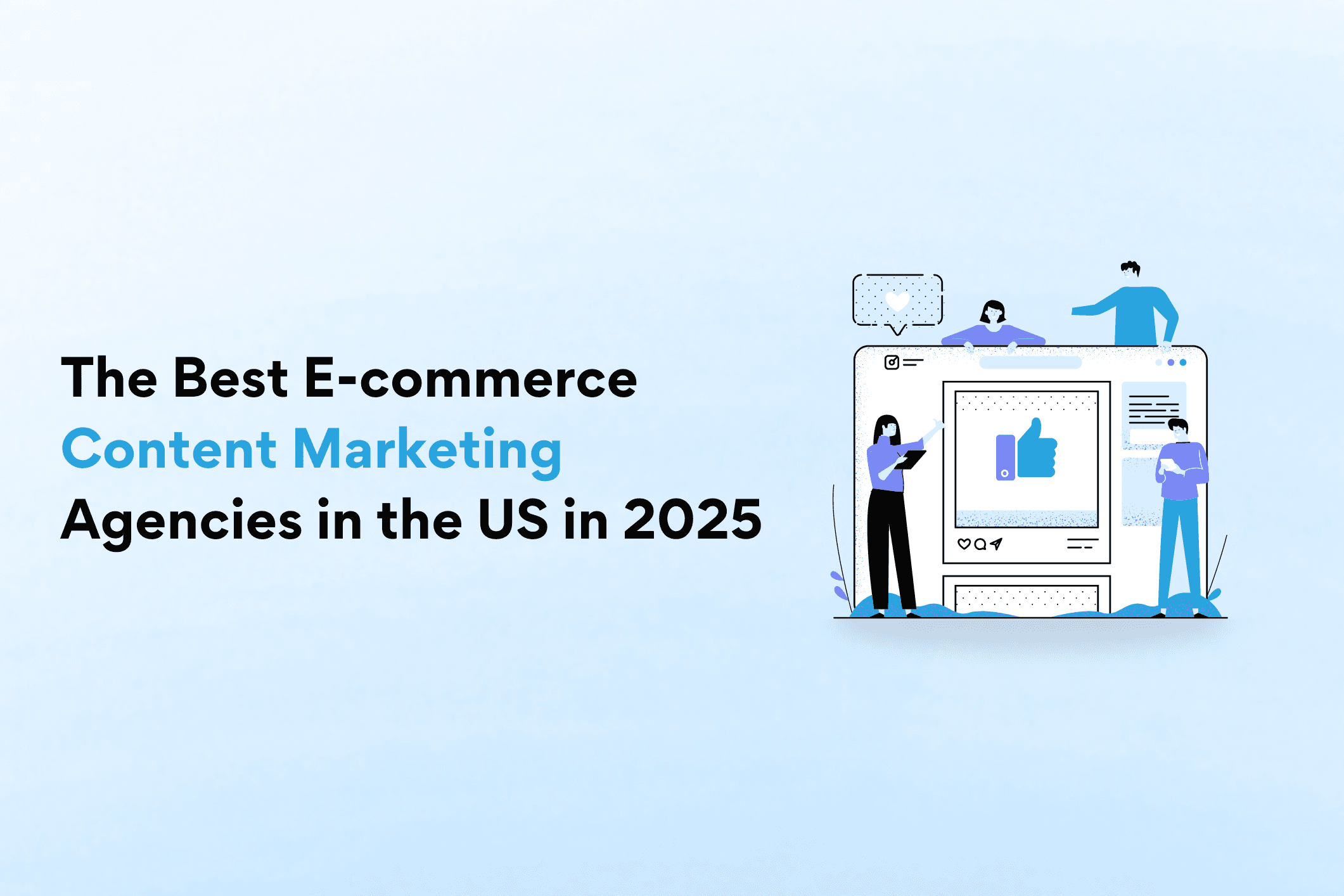It’s no secret that the content you produce plays a crucial role. It includes all the written material you create to promote your business or offer educational content. These pieces aim to improve your search rankings, increase visibility, inform people about your brand, share important information, and ultimately attract more customers. Giving priority to content marketing is a vital step for your e-commerce business, and it starts with developing a thorough strategy.
Creating a Successful Content Marketing Strategy
Recognizing the integral role of content, it’s important to explore how to craft an effective content marketing strategy. A well-planned strategy is vital for successful implementation. It provides clarity on your business aspirations and the actions required to propel your business forward.
The first question in formulating your strategy is where to start and what to focus on. Begin by identifying your business objectives, such as reducing customer acquisition costs, boosting marketing return on investment (ROI), or increasing repeat purchases. Key performance indicators (KPIs) to consider in your strategy might include achieving a specific average order value, decreasing cart abandonment rates, targeting customer acquisition costs, aiming for a certain gross profit margin, or enhancing your website’s conversion rate.
Setting clear, measurable goals is essential to assess the effectiveness of your marketing endeavors. Many businesses falter in setting appropriate goals, often defaulting to tracking overall revenue and site traffic growth.
Essential Insight: Clarity in your marketing goals is crucial, particularly before engaging a marketing agency. Ensure you have established solid KPIs so the agency clearly understands its objectives. Relying on an agency to set your goals is not advisable, as they may not be fully aware of your financial margins or the required ROI for profitable marketing campaigns.
Setting Your Goals
Before you dive into any marketing efforts, it’s super important to figure out what you’re really aiming for with your content marketing. This is something you should think about, whether you’re flying solo or brainstorming with your team. Take some time to nail down your goals. Here are some things to chew on:
- What does a win look like for us?
- What’s missing content-wise on our website?
- Are we gunning for a bigger subscriber list or more backlinks?
- How important is it to get our brand more well-known?
- Can our content help our audience really get who we are as a brand, maybe through reviews, stories, and real-life experiences?
- How high on our list is it to educate our customers about what our products do and why they rock?
- What’s our game plan for weaving our content into different marketing channels?
- Are we looking to get our customers more involved with interactive content?
- How are we planning to figure out if we’re getting our money’s worth from our content marketing?
These are just a few starters for your brainstorming session. They should help you figure out if content marketing is the right move for making your business’s cash register ring.
Finding Your Target Audience
Getting a grip on who your audience really is makes a world of difference for your content marketing. It’s like having a roadmap for your campaign – you’ll know exactly whom you’re talking to, what they dig, and how to hit the bullseye with your content.
Before you get the ball rolling with your marketing magic, take a deep dive into who’s out there waiting for your content. Think about their age, where they hang out, what they’re into, and even the nitty-gritty of their daily habits and spending sprees. Getting this clear picture helps you tailor your content just right. But hey, don’t cast your net too wide – trying to talk to everyone often ends up resonating with no one.
Here’s the deal: specific content for a specific crowd. Broad, generic stuff? It might pull in clicks, but they’ll bounce off faster than a rubber ball, messing up your stats. Keep it sharp and on-target, and remember that different folks have different strokes.
This is the part where you get to play detective. Who exactly are you after? Nail that down, and your content’s tone, style, and even where you post it will all fall into place.
And here’s a pro tip: sketch out a buyer persona. It’s like creating a character for a novel, but this character is your dream customer. Give them a name, a face, a story – the works. Tools like the Buyer Persona Profile or HubSpot’s guides are gold for this. Tie in some keyword research to see what your personas are searching for. It’s a sneak peek into their minds and a great way to make sure your content hits home.
Here’s an example of how to create personas for consumers interested in health-related products:
Giving your buyer persona a name or associating it with a stock photo can personalize your team’s marketing approach, fostering a more targeted and effective experience for your audience.
After defining your goals, establishing a content strategy, and creating buyer personas, the next step is conducting a content audit. This helps you evaluate your existing content and align it with your buyer personas’ needs.
For e-commerce businesses, having a solid content marketing strategy is absolutely crucial. This guide is designed to offer practical insights on creating a strategy that not only meets your goals but also resonates with your target audience. If you need additional support with your content and overall content marketing strategies, it’s worth exploring the option of consulting with a professional team. They can help fine-tune and optimize your e-commerce business’s content marketing efforts for better results.
Greg is a digital marketing strategist, ecommerce owner, e-commerce marketing agency owner, and recognized leader in the D2C industry.
With 18 years of experience working with small, medium, and large organizations, Greg knows how to build and execute marketing strategies that drive growth.



